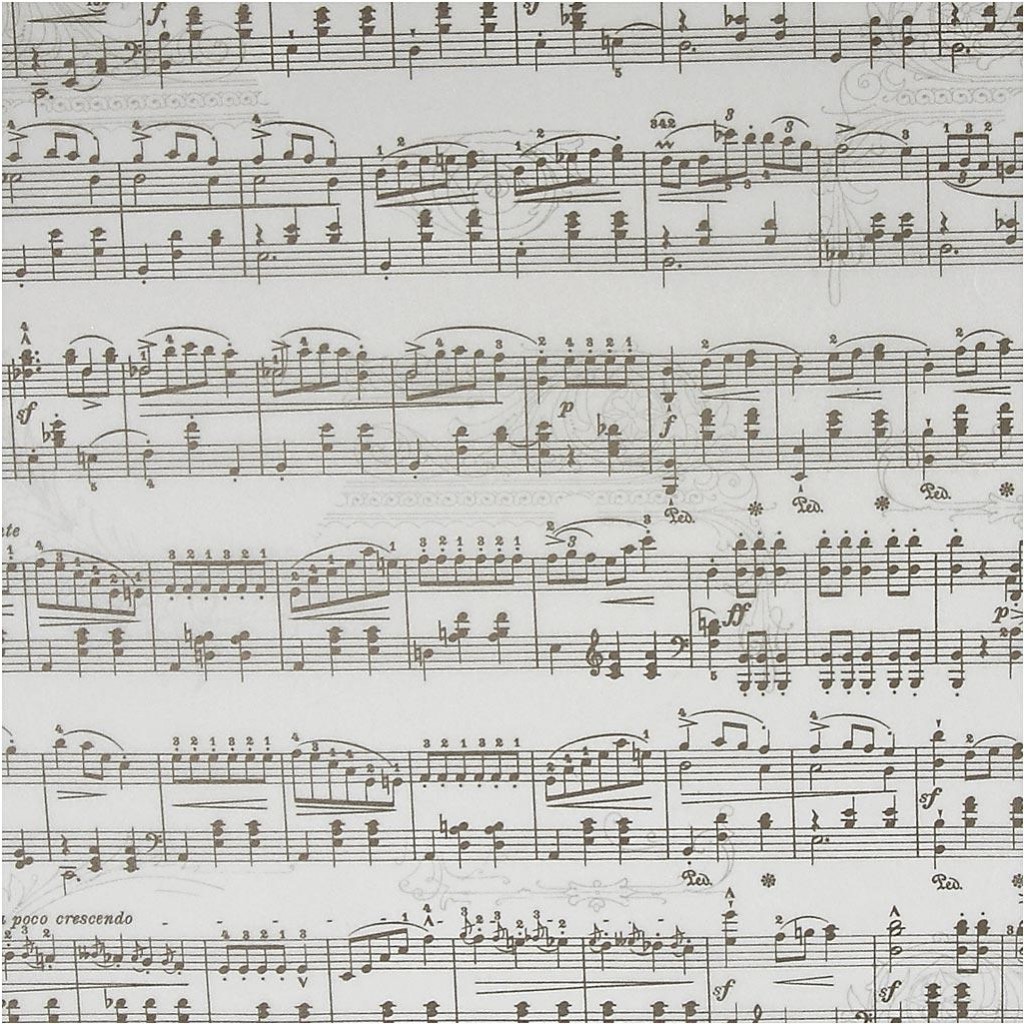Healthy boundaries have three basic characteristics:
- Flexibility – they can be adapted as the situation changes or improves
- Safety – they provide a safe environment for the one setting them
- Connectedness – they help balance relationships and keep people accountable
 Boundaries, when set up right and used correctly are designed to keep the good in and the bad out. It works like a gate in a fenced yard. If the fence wasn’t put up, anyone could wander into the yard and take advantage of the owner. If the fence has no gate, the yard is unusable as no one can get in. With a fence and a gate, the bad can be kept out and the good can be let in. In the ACCFS material, they describe these two scenarios as “chalk lines”, and “concrete walls”.
Boundaries, when set up right and used correctly are designed to keep the good in and the bad out. It works like a gate in a fenced yard. If the fence wasn’t put up, anyone could wander into the yard and take advantage of the owner. If the fence has no gate, the yard is unusable as no one can get in. With a fence and a gate, the bad can be kept out and the good can be let in. In the ACCFS material, they describe these two scenarios as “chalk lines”, and “concrete walls”.
Here’s an illustration to show the difference.

Other words used for rigid and loose boundaries are Detachment and Enmeshment. When we have concrete walls, we’re resisting the good along with the bad; we’ve walled ourselves in by saying no to everything like having no knob on our front door. We become detached from people in our lives. When we have chalk lines, we have a hard time saying no to anyone; we let the bad in along with the good. This can be illustrated by picturing a door with the knob on the outside where anyone is free to open it and enter. Enmeshment happens when the line blurs between where one person’s emotional health ends and the next begins. When a parent and child who argue mirror each other in increasing volume, that’s an example of enmeshment. When spouses spend little time apart and allow each other’s moods to become their own, that’s another example. A third example is around checking in, such as a parent or a spouse feeling they need to check in with their child or spouse multiple times a day or ask permission to do everyday tasks. Enmeshment is hard to recognize in one’s own relationship, and is combatted by establishing a separate identity from the other person. Taking time alone for oneself. Doing hobbies that interest oneself. Spending time with friends outside the marriage. Letting a child be independent.
The illustration for healthy boundaries is a door with the knob on the inside where the person can choose to open it or not when someone comes knocking.
A word on saying yes to everyone or no to everyone…Boundaries are a biblical concept. God has clear boundaries. Christ set boundaries when he left the crowds to spend time alone with God. (It’s hard to comprehend that after just three years, Christ said his work was finished!) The Bible doesn’t advocate that we help everyone that asks of us. Sometimes it’s not in their best interest. Sometimes it’s just not feasible. Sometimes it’s not God’s will. This is where the Holy Spirit comes in. With the Holy Spirit’s guidance, we can discern what the best course of action is or if the answer for now is I’m sorry, I can’t help you with that.
 One boundary God set for us was sabbath rest; this is a built-in way to say no and take time to be restored. I remember hearing once, in an ACCFS presentation on boundaries, that there are times the most spiritual thing one can do is to take a nap!
One boundary God set for us was sabbath rest; this is a built-in way to say no and take time to be restored. I remember hearing once, in an ACCFS presentation on boundaries, that there are times the most spiritual thing one can do is to take a nap!
The goal of boundaries starts with defining where we begin and end. It’s a way to define who we are and who we are not. It’s a way to stay true to our values by saying yes to those things that support our values and no to those that don’t. Saying yes to one thing will mean saying no to another. Are we using our best yes?







